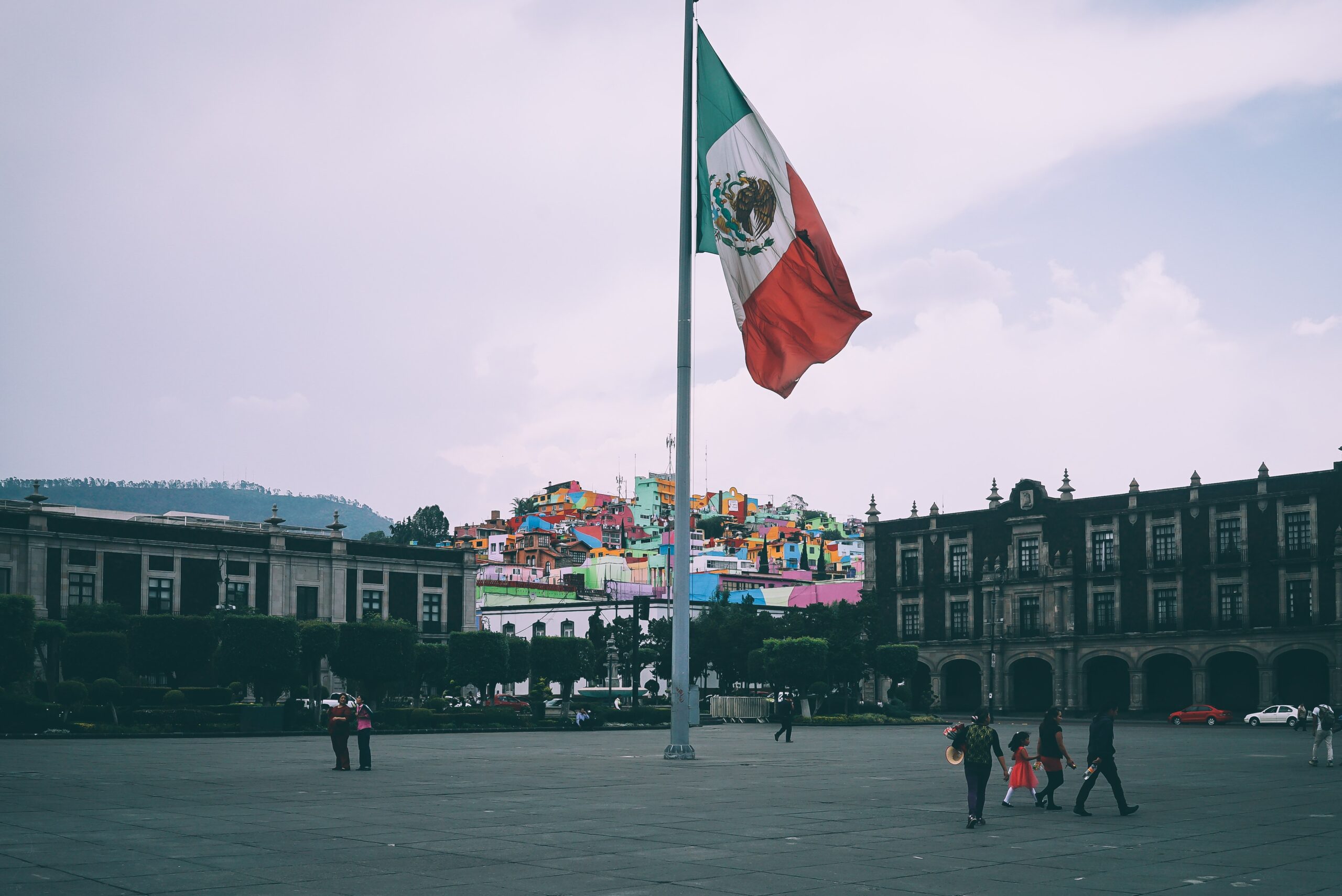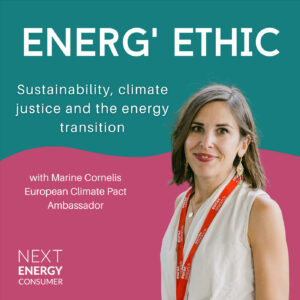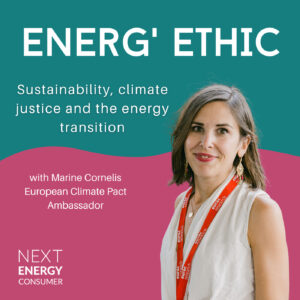Carlos Villaseñor, Ombudsman Energia Mexico
Introduction: A Call for Balance and Progress
On October 28th, 2022, the Energy Regulatory Commission (CRE) in Mexico presented a draft of the new regulations regarding distributed energy – the primary mechanism enabling self-generation in the country. But is it enough?
This reform proposes new progressive elements, such as finally allowing collective contracts or defining the storage capabilities for self-generators. However, Ombudsman Energía México and other civil society organisations such as AIDA and Earth justice warn that while the new regulation offers positive changes, significant limitations remain, and other modifications are openly regressive. The new rules could eliminate net metering as a compensation method in medium electric tension projects, leading to a change in prices offered to buy energy from this kind of generator below market value.
The Mexican energy sector has undergone various degrees of participation from both private and public actors over the past century. Yet, it has failed to fully guarantee human rights and social justice principles. To find a balance between these two, recent national regulatory changes have proposed a shift towards a more democratic energy sector that allows for direct consumer participation and control in conjunction with three other crucial aspects of energy transition: decentralisation, digitalisation, and decarbonisation. This article will examine the latest developments in Mexico’s energy sector, including a brief history of the industry, the need for reform, and how citizen participation and a proper democratisation of the sector can lead to a more sustainable, socially just future.
The History of Mexico’s Energy Sector
To fully understand the current situation of the Mexican energy sector, it’s essential to look at the conditions that led to its creation. During the second half of the 19th century, a rise in foreign investment from the US, the UK, France, Germany, and Canada coupled with the country’s rapid modernisation led to socioeconomic inequalities. Foreign investors’ involvement in mining and textiles led to the creation of the country’s first power plants, allowing electricity to expand rapidly. By the early 20th century, prominent players like the Mexican Light and Power Company, based in Toronto, were consolidating themselves, providing energy beyond industrial needs. However, this led to foreign actors capturing the energy sector, resulting in long working hours in poor conditions, as evidenced by worker protests in Río Blanco and Cananea in 1906.
After the Mexican Revolution ended in the 1920s, the Mexican government took a more active role in the energy sector, regulating and limiting the actions of big economic interests. The 1930s saw a push for nationalisation of the energy industry, with the first organised consumer rights movements demanding lower energy prices and better service conditions. By the 1960s, the energy sector was entirely under state control and significantly influenced Mexico’s industrialisation.
The energy sector in Mexico gradually lost its grip in the 1990s as economic crises emerged and free-market ideology resurged. Efforts to increase private participation in energy generation in the early 2000s were limited to self-generation for industrial actors and the capacity to sell their surplus to the national grid. The Energy Reform proposed in 2013 by then-President Enrique Peña Nieto aimed to open electricity generation to private participation, offering lower prices, attracting investment, creating jobs, and modernising the sector. However, this reform did not consider incentives for national private actors or strong human rights protections in developing new energy projects. This led to violations linked to the sector’s growth in the last decade. Finally, consumer rights were also weakened, exposing them to power abuse from public and private actors.
State or Market: an impossible choice?
In this historical review, the reader should not conclude that the fully publicly owned energy sector was a panacea. The Mexican State is known to be as, if not more, abusive in its use of power than private actors, and this case is no exception. Currently, the attempt to return to this model by the current president, Andrés Manuel López Obrador, has not focused on modernising infrastructure or investing in renewable energy. Instead, López Obrador’s policies have tried to subordinate independent regulators to the federal government and raise tariffs significantly for private self-generators. Moreover, the government has not fixed the broad powers CFE has for disconnecting users or strengthened the ability of the State to respond to human rights violations related to energy projects.
Mexico has debated whether the State or the market should rule the energy sector for over a century. One of the overarching themes presented in defence of these two sides is that both argue that they are what is best for the consumer. However, both have failed them fundamentally, questioning their ability to deliver what they promise.
Empowering the Masses: Why Popular Control and Participation is Essential
What is missing in this debate is popular control and participation. So far, most people in the country have been passive actors in how the energy sector has been structured. There have been numerous precedents of social mobilisation. Still, there has been a systematic failure to translate them into long-lasting mechanisms and institutions to fulfil the demands of these mobilisations. In the absence of control, there is arbitrariness in how power is exercised, and without participation, there is dependence on those in power.
Mexico’s Energy Transition and Climate Crisis
Today, there is an added dimension to the debate on the energy sector: the energy transition and the climate crisis. Mexico has a bad track record in reducing its emissions. Despite making the principles of the Paris Agreement legally binding, their enforcement has been shaky. The progressivity principle was not followed, given that the targets of the 2020 Nationally Determined Contributions were the same as the first one shared in 2015. Only after continuous criticism and legal action from civil society actors was a new one proposed for the recent COP27. Moreover, the government has recently announced that it will not achieve its target of 35% energy generation through renewable sources by 2024 but by 2031.
The Importance of Distributed Generation
The distributed generation mechanism is crucial because it can decentralise the energy sector and the power exercised by traditional players while incentivising the implementation of renewable energy technologies. Distributed generation allows for the generation near the point of use, meaning inside houses, businesses, etc., instead of central generation sources from power plants.
Mexico’s regulation provides for three ways of compensation: net metering, net billing, and total sale. This was one of the big successes of the 2013 reform. From 2017 to 2022, distributed generation contracts under net metering increased exponentially (from 59,232 to 300,624!), mainly based on solar technology.
Net Metering
Net metering is a popular compensation method for calculating the energy difference between the total energy delivered by the supplier and the total energy generated by the self-consumption installation in a billing period through the General Distribution Networks. Compensation is based on the energy flows between the supplier and the consumer, and the energy is valued at the same price for the billing period. When the difference is negative, it is credited to the billed energy measurement for each subsequent billing period for a maximum of 12 months.
Net Billing
Net billing, on the other hand, considers the energy produced by the self-consumption generator independently from the power the supplier provides. The generator injects electricity into the grid, which is paid at the Local Marginal Price at the interconnection point. The electricity company charges the energy that the user consumes from the grid at the rate of their property. Total sale operates under the same principle, but the generator has no energy consumption, and all energy is sold at the Local Marginal Price.
Energy reforms could scrap net-metering
In late October, the Energy Regulatory Commission (CRE) proposed a reform to eliminate net metering for medium electric tension projects, replacing it with a self-consumption model similar to Spain. This new model reduces the generator’s ability to recover the project’s costs and establishes a lower rate for the sale of surplus electricity, focusing on minimising the amount of electricity injected into the grid by this mechanism. The reason behind the change is to protect the profits of the state company CFE since, under the current model, not only are the numbers of consumers declining, but they have to compensate them.
Barriers to Entry: How Reduced Compensation for Surplus Energy is Limiting Access to Distributed Generation
Most cases of distributed generation under net metering oversize the project’s capacities beyond self-consumption needs, intentionally generating surplus energy to use the incentive offered under this compensation method to make the project viable. While there are still savings in the electric bill under the self-consumption model, it doesn’t consider the cost of financing. Suppose compensation for the sale of surplus energy is reduced. In that case, the capital available for financing repayment is also reduced, making the investment less attractive and eliminating the incentive for credit institutions to grant funding to install this distributed generation project. This creates an entry barrier, making it harder for smaller projects to access financing, limiting a path to energy access and adopting distributed generation systems in homes and for users with lower consumption.
Moreover, the proposed reform extends this generation’s technical, security, and maintenance requirements, which are left to be absorbed entirely by the generator. While stronger regulation could improve the quality of these projects and the State’s monitoring capability, it becomes an additional burden if no incentives match the effort.
Collective Contracts and Distributed Energy Resources Systems, but at What Cost?
The reform includes collective contracts for the first time, allowing energy delivery to the Load Centres of one or more Beneficiaries when they share a Common Interconnection Point with the distributed generation Power Plant. However, a more ambitious version was struck down in 2020, which allowed people to enter this contract with actors in different locations without requiring a Common Interconnection Point. Furthermore, Load Centres operating under self-generation permits from before the 2013 reform will be unable to use this type of contract. The reform also includes the figure of Distributed Energy Resources, allowing the installation of storage systems, which are not counted as additional capacity to the Net Installed Capacity of the Power Plant. However, there are some blind spots regarding the absence of an explicit need for secondary normativity to regulate these storage arrangements.
Conclusion: again, Mexicans are once again caught between a rock and a hard place
Mexicans are again facing a tug-of-war between the different forces searching to shape the future of the energy sector. In the balance, we find one of the most significant achievements for citizen control and participation in the sector we have had in the last hundred years, distributed generation. If the reform is passed, we will find ourselves with a diluted version of this mechanism that no longer presents the economic incentives that make it viable for those that could benefit the most, especially small businesses. Our current situation in the face of the climate crisis leaves little room to learn from our mistakes. This regression would be costly.





